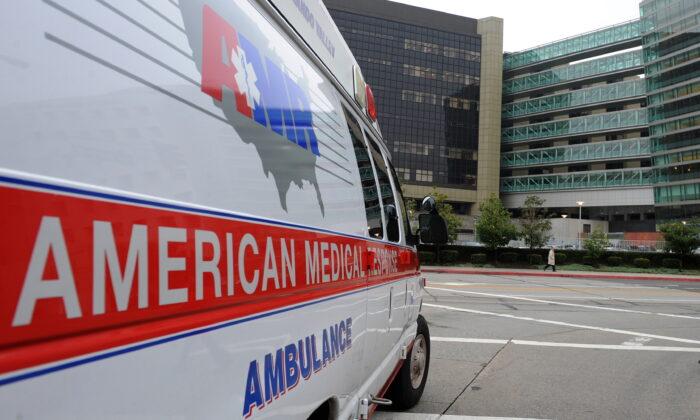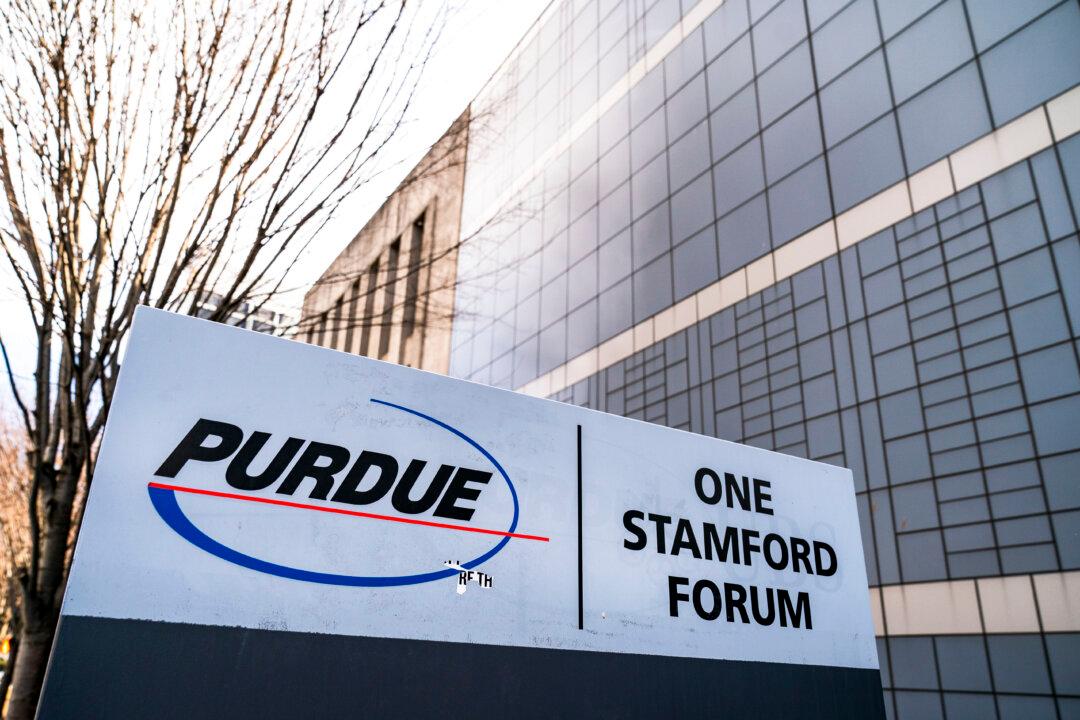Boeing’s new space capsule landed back on Earth on Friday night after leaving the International Space Station on Friday (ISS) without the two NASA test pilots as originally planned due to technical problems.
Six hours after departing the ISS, the spacecraft parachuted into New Mexico’s White Sands Missile Range in the desert on autopilot.
The return to Earth ended Boeing’s first astronaut mission that began in June.
Pilots Butch Wilmore and Suni Williams, who were scheduled to hitch a ride on Boeing’s Crew Space Transportation (CST)-100 Starliner, flew to the ISS in June on NASA’s Boeing Crew Flight Test to conduct station research, maintenance, system testing, and data analysis.
The Starliner, which was designed to operate autonomously and has completed two flights, will land in the New Mexico desert early Sept. 7.
“Spaceflight is risky, even at its safest and most routine,” said NASA Administrator Bill Nelson. “A test flight, by nature, is neither safe nor routine. The decision to keep Butch and Suni aboard the International Space Station and bring Boeing’s Starliner home uncrewed is the result of our commitment to safety: our core value and our North Star.”
The pilots will continue their work with ISS’s Expedition 71/72 until February 2025, when they will return on Space X’s Dragon spacecraft.
“Decisions like this are never easy, but I want to commend our NASA and Boeing teams for their thorough analysis, transparent discussions, and focus on safety during the Crew Flight Test,” said Ken Bowersox, associate administrator for NASA’s Space Operations Mission Directorate. “We’ve learned a lot about the spacecraft during its journey to the station and its docked operations. We also will continue to gather more data about Starliner during the uncrewed return and improve the system for future flights to the space station.”
Steve Stich, NASA’s Commercial Crew Program manager, maintained that the Starliner is a capable spacecraft and that the decision is more about “needing a higher level of certainty” before it takes passengers.
“The NASA and Boeing teams have completed a tremendous amount of testing and analysis, and this flight test is providing critical information on Starliner’s performance in space,” Mr. Stitch said. “Our efforts will help prepare for the uncrewed return and will greatly benefit future corrective actions for the spacecraft.”






